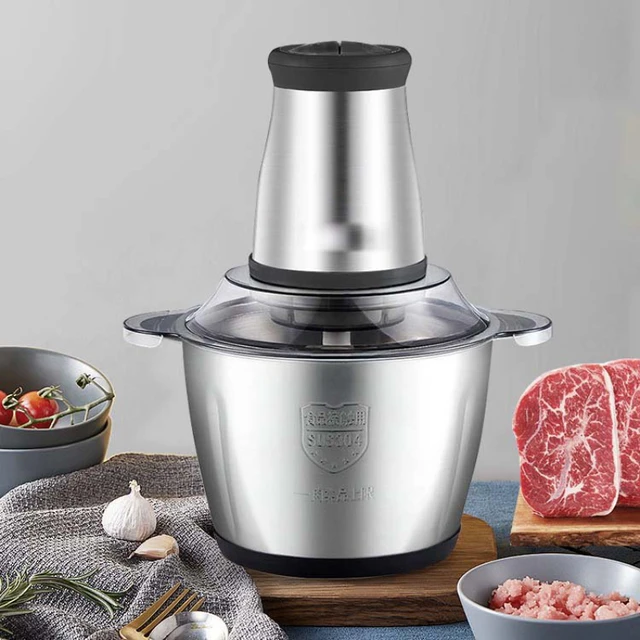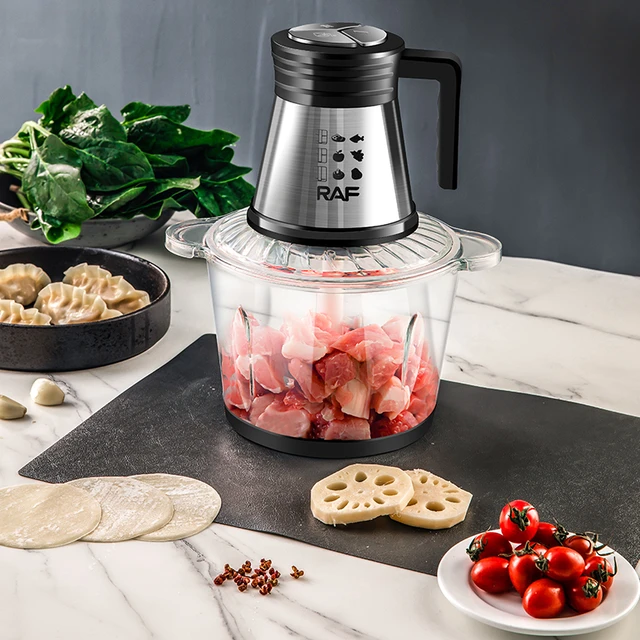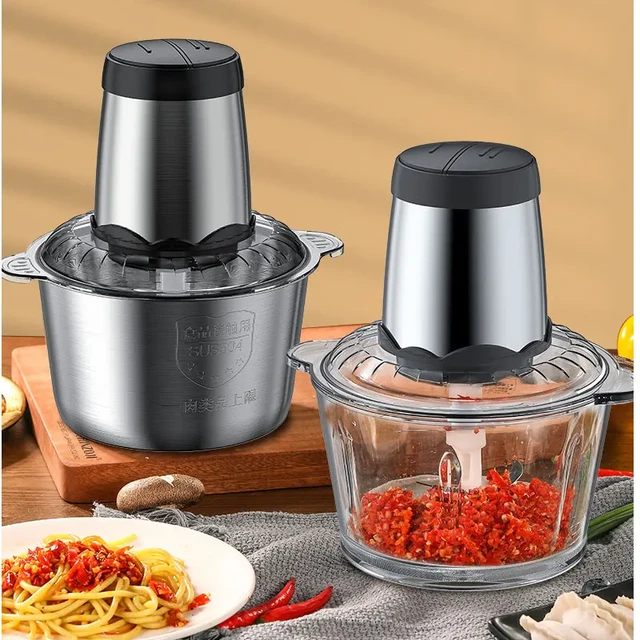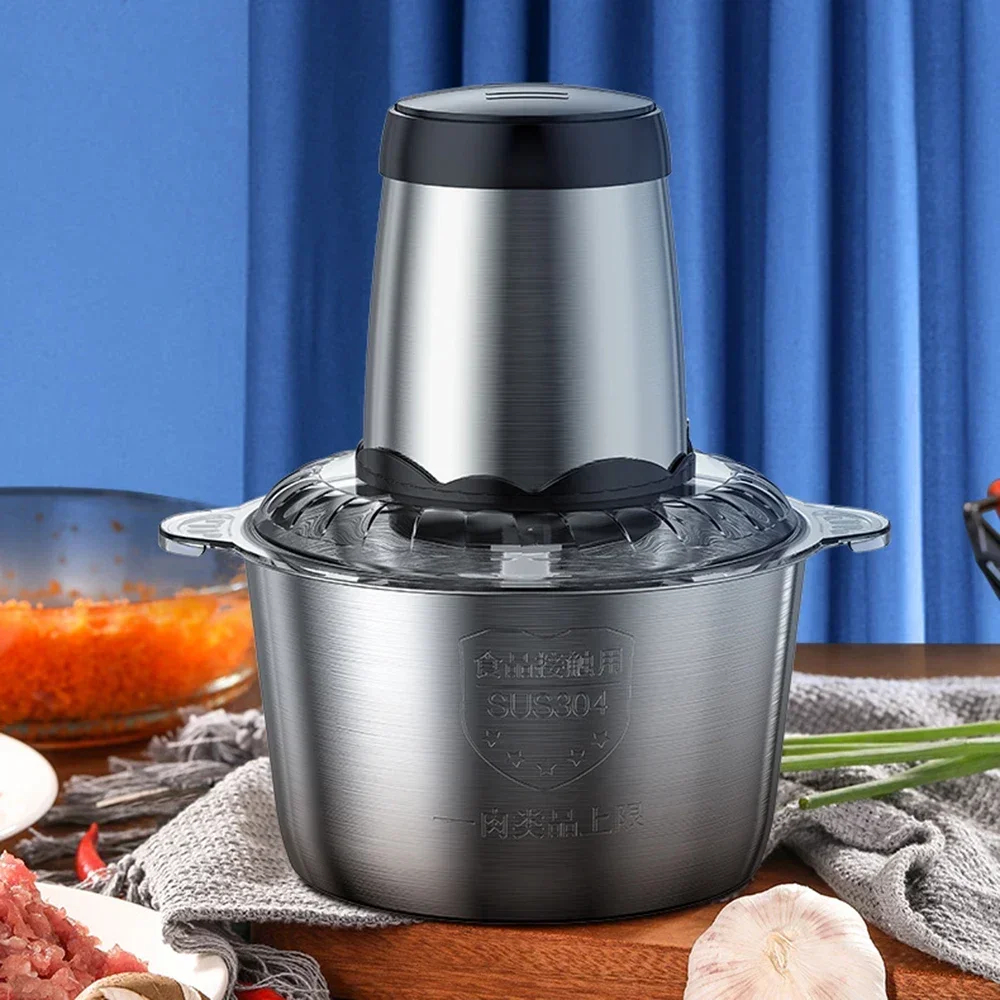
Have you ever found yourself overwhelmed by the numerous tasks involved in meal preparation? If so, a food processor might be the kitchen tool you need. This versatile appliance can handle a variety of culinary tasks, making your cooking experience more efficient and enjoyable. But what exactly does a food processor do? Let’s explore the multiple functions and benefits of this indispensable kitchen gadget, revealing why it should be a staple in any household.
Chopping and Slicing
One of the primary functions of a food processor is its ability to chop and slice ingredients quickly and uniformly.
Chopping Vegetables
Whether you’re preparing a fresh salad or a hearty soup, chopping vegetables is a time-consuming task. A food processor can make quick work of chopping onions, carrots, celery, and other vegetables. Simply feed the vegetables into the machine, and it will chop them to your desired size in seconds. This not only speeds up your prep time but also ensures consistent results, enhancing the overall presentation and flavor of your dishes.
Slicing Fruits
If you enjoy making fruit salads, desserts, or simply want uniformly sliced fruits for a snack, a food processor can handle this task effortlessly. Attach the slicing blade, and you can slice apples, bananas, strawberries, and other fruits uniformly. This is particularly useful when preparing large quantities for gatherings or events, as it saves you from the mundane task of manual slicing.
Shredding and Grating
Shredding and grating are another set of tasks where a food processor excels, making it a go-to appliance for various recipes.
Cheese Shredding
Shredding cheese manually can be a tiresome process, especially when you need a large quantity. With a food processor, you can shred cheese in a matter of seconds. Just feed the cheese block through the feed tube, and within moments, you’ll have perfectly shredded cheese ready for your pizzas, casseroles, or salads. This not only speeds up your prep time but also minimizes the mess associated with manual shredding.
Grating Vegetables
Grating vegetables like carrots, zucchini, or potatoes for dishes such as coleslaw, fritters, or hash browns can be laborious. A food processor can grate these vegetables quickly and uniformly, saving you time and effort. The consistency achieved through machine grating can also enhance the texture and appearance of your dishes, making them more appealing.
Pureeing and Blending
A food processor isn’t just for chopping and shredding; it can also handle pureeing and blending tasks with ease.
Making Sauces and Dips
Creating smooth sauces and dips is a breeze with a food processor. Whether you’re making pesto, hummus, salsa, or tomato sauce, this appliance can blend ingredients to a perfect consistency. You can control the texture by adjusting the processing time, giving you the flexibility to make everything from chunky salsas to silky smooth sauces.
Blending Soups
Pureeing soups directly in a pot can be messy and cumbersome. A food processor allows you to blend soups to your desired consistency quickly and efficiently. Just transfer the cooked ingredients to the processor and blend until smooth. This method is particularly useful for making creamy soups without the need for additional dairy, allowing you to create healthier versions of your favorite recipes.
Mixing and Dough Making
For those who love baking, a food processor can be a valuable tool, simplifying the process of mixing and dough making.
Mixing Dough
Making dough for bread, pizza, or pastries can be a labor-intensive task. A food processor with a dough blade can mix and knead dough in minutes. The consistent and thorough mixing ensures that the dough develops the right texture and elasticity, improving the quality of your baked goods. This is especially beneficial for those with limited time or physical limitations, as it reduces the manual effort required in traditional dough making.
Combining Ingredients
When recipes call for combining multiple ingredients, a food processor can handle this efficiently. Whether you’re making cookie dough, cake batter, or whipping cream, the processor ensures a uniform mix. This not only speeds up the preparation process but also ensures that ingredients are well incorporated, leading to better baking results.
Grinding and Mincing
Another useful function of a food processor is its ability to grind and mince ingredients, expanding its versatility in the kitchen.
Grinding Nuts and Seeds
Making your own nut butters, seed pastes, or grinding nuts for baking can be easily accomplished with a food processor. Simply add the nuts or seeds and process until you achieve the desired texture. This allows you to create custom blends with your preferred ingredients and flavors, adding a personal touch to your cooking and baking.
Mincing Meat
If you prefer freshly ground meat for burgers, meatballs, or sausages, a food processor can handle this task efficiently. Cut the meat into smaller pieces and pulse until you achieve the desired grind. This not only ensures freshness but also allows you to control the fat content and seasoning of your ground meat, enhancing the flavor and quality of your dishes.
Making Baby Food
For parents, a food processor can be especially valuable in preparing homemade baby food.
Pureeing Fruits and Vegetables
Creating smooth purees for your baby is straightforward with a food processor. Steam or cook fruits and vegetables, then blend them to the perfect consistency. This allows you to provide your baby with fresh, homemade food free from preservatives and additives found in store-bought options. Additionally, you can introduce a variety of flavors and textures, supporting your baby’s palate development.
Batch Preparation
The food processor’s capacity allows for batch preparation, making it easy to prepare multiple servings at once. You can portion and freeze the purees, ensuring you have healthy meals ready for your baby throughout the week. This not only saves time but also provides convenience for busy parents.
Creating Healthy Snacks
A food processor also supports creating healthy snacks and treats, promoting better eating habits.
Energy Balls and Bars
Making homemade energy balls and bars can be simple and fun with a food processor. Blend dates, nuts, seeds, and other flavorings to create nutrient-dense snacks. This allows you to customize ingredients to suit your dietary preferences and needs, avoiding the added sugars and preservatives found in commercial options.
Smoothie Bowls
For a refreshing and healthy snack, use a food processor to make smoothie bowls. Blend frozen fruits, yogurt, and a bit of milk to create a thick, ice-cream-like consistency. Top with granola, fresh fruits, and nuts for a nutritious treat that’s perfect for breakfast or an afternoon snack.
 Enhancing Meal Prep Efficiency
Enhancing Meal Prep Efficiency
Incorporating a food processor into your kitchen routine can significantly enhance meal prep efficiency.
Reducing Prep Time
One of the biggest advantages of a food processor is its ability to reduce prep time. Tasks that usually take minutes or even hours by hand can be accomplished in seconds. This allows you to prepare meals more quickly, making it easier to cook at home rather than opting for takeout or processed foods.
Consistent Results
Consistency in chopping, slicing, and blending ensures that your dishes cook evenly and present well. This is particularly important for recipes that require uniformity, such as casseroles, stir-fries, and salads. A food processor delivers this consistency effortlessly, elevating the quality of your meals.
Supporting Special Diets
For those following special diets, a food processor can be an invaluable tool.
Gluten-Free and Vegan Baking
Creating gluten-free and vegan baked goods can be challenging without the right equipment. A food processor can blend alternative flours, nut butters, and egg substitutes smoothly, ensuring that your recipes turn out well. This opens up a world of possibilities for those with dietary restrictions, allowing them to enjoy delicious homemade treats.
Low-Carb and Paleo Cooking
For low-carb and Paleo diets, a food processor can make it easier to prepare cauliflower rice, zucchini noodles, and other vegetable-based alternatives. This supports healthier eating habits and allows you to create satisfying meals that align with your dietary goals.
Conclusion: The Versatility of a Food Processor
A food processor is a versatile and powerful tool that can transform your cooking experience. From chopping and slicing to pureeing and grinding, it handles a variety of tasks efficiently, saving you time and effort in the kitchen. Whether you’re preparing everyday meals, baking special treats, or supporting a special diet, a food processor can enhance your culinary capabilities and streamline your meal prep routine. Embrace the versatility of this essential appliance and discover the many ways it can elevate your cooking and simplify your life.







